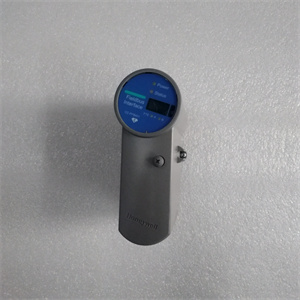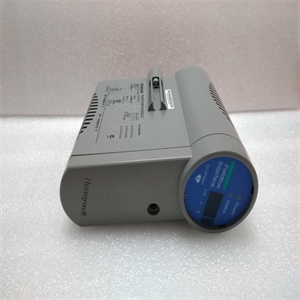产品展示
联系我们
联系人:陈柳铭
手机:15579209656
电话:
Q Q:3136378118
邮箱:3136378118@qq.com
地址:江西省九江市瑞昌市东益路23号赛湖农商城401号
MC-TSDM02
控制空间内温度的理想方法是以所需的量来替换损失的热量或置换获得的热量。使用基本的两位控制,这样的操作是不可能的,因为加热或冷却系统要么完全打开,要么完全关闭,并且在任何特定时刻的输送量要么太多,要么太少。然而,定时双位置控制可以预测需求,并按百分比按时提供测量的加热或冷却量,以减少控制点波动。定时由电子控制中的热预测器和电子和数字控制中的计时器完成。在定时双位置控制中,控制器和终控制元件之间的基本交互作用与基本双位置控制相同。然而,控制器对受控变量平均值的逐渐变化而不是周期性波动作出响应。由于热预测或时间比例特性导致机械设备的循环速度更快,因此可以减少或消除过冲和欠冲。结果是比基本双位置控制更接近变量控制(图23)。图23:。比较基本两位和定时两位控制。热预测在机电控制中,可通过在双金属传感元件上添加热预测器来实现定时双位置控制。在加热系统中,连接热预测器,使其在双金属元件需要加热时通电。温度下降时,传感元件会启动加热系统和热量预测器。热预测器提前将双金属元件加热到其关闭点,并使加热系统和热预测器断电。随着环境温度的下降,双金属元件加热到关闭点所需的时间增加,冷却时间减少。因此,热预测器根据环境温度自动改变开启时间与关闭时间的比率。由于热量仅供应给传感器,因此随着热量需求的增加,热量预测功能会降低控制点。降低的控制点称为“下垂”,在设计条件下保持较低的温度,下面将对其进行更深入的讨论。在恒温器关闭期间通电加热器可实现对恒温器冷却的预期操作。在任何一种情况下,接通时间百分比都与系统负载成比例变化。



The ideal method of controlling the temperature in a space is to replace lost heat or displace gained heat in exactly the amount needed. With basic two-position control, such exact operation is impossible because the heating or cooling system is either full on or full off and the delivery at any specific instant is either too much or too little. Timed two-position control, however, anticipates requirements and delivers measured quantities of heating or cooling on a percentage on-time basis to reduce control point fluctuations. The timing is accomplished by a heat anticipator in electric controls and by a timer in electronic and digital controls. In timed two-position control, the basic interaction between the controller and the final control element is the same as for basic two-position control. However, the controller responds to gradual changes in the average value of the controlled variable rather than to cyclical fluctuations. Overshoot and undershoot are reduced or eliminated because the heat anticipation or time proportioning feature results in a faster cycling rate of the mechanical equipment. The result is closer control of the variable than is possible in basic twoposition control (Fig. 23). Fig. 23. Comparison of Basic Two-Position and Timed Two-Position Control. HEAT ANTICIPATION In electromechanical control, timed two-position control can be achieved by adding a heat anticipator to a bimetal sensing element. In a heating system, the heat anticipator is connected so that it energizes whenever the bimetal element calls for heat. On a drop in temperature, the sensing element acts to turn on both the heating system and the heat anticipator. The heat anticipator heats the bimetal element to its off point early and deenergizes the heating system and the heat anticipator. As the ambient temperature falls, the time required for the bimetal element to heat to the off point increases, and the cooling time decreases. Thus, the heat anticipator automatically changes the ratio of on time to off time as a function of ambient temperature. Because the heat is supplied to the sensor only, the heat anticipation feature lowers the control point as the heat requirement increases. The lowered control point, called “droop”, maintains a lower temperature at design conditions and is discussed more thoroughly in the following paragraphs. Energizing the heater during thermostat off periods accomplishes anticipating action in cooling thermostats. In either case, the percentage on-time varies in proportion to the system load.
相关产品









